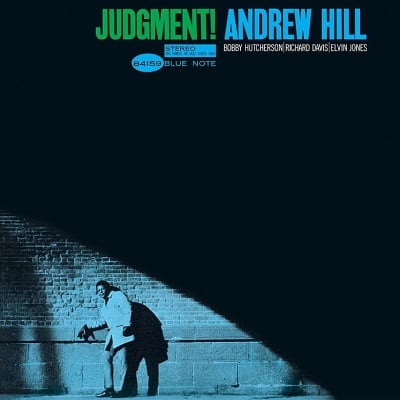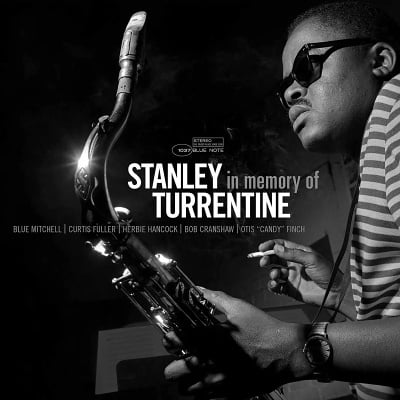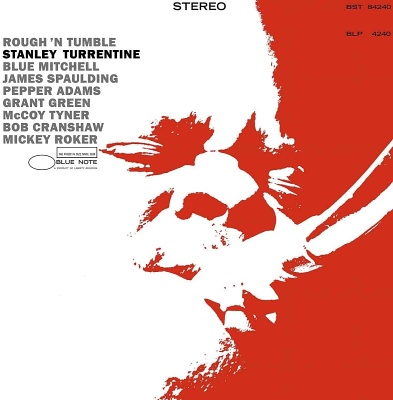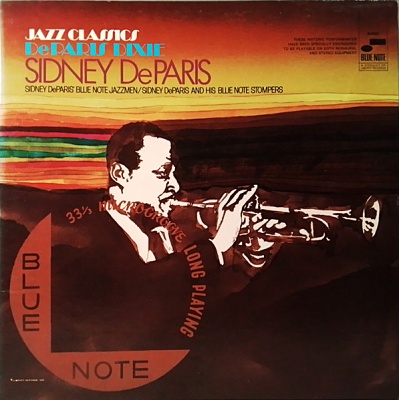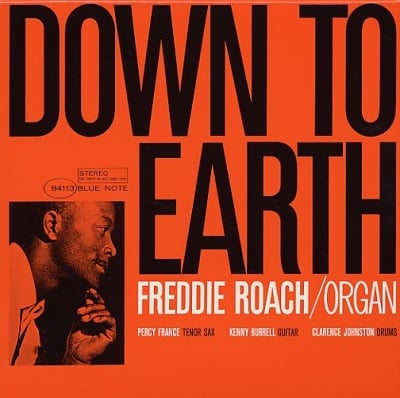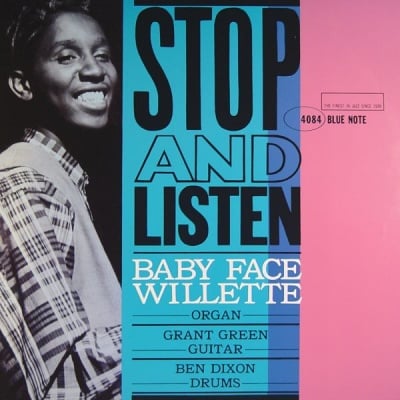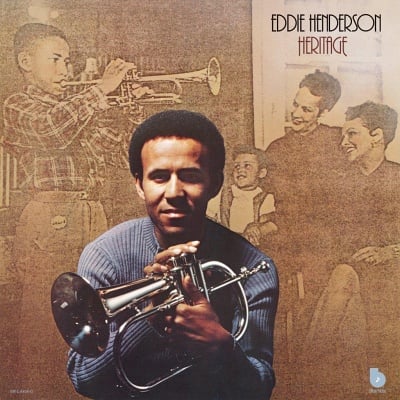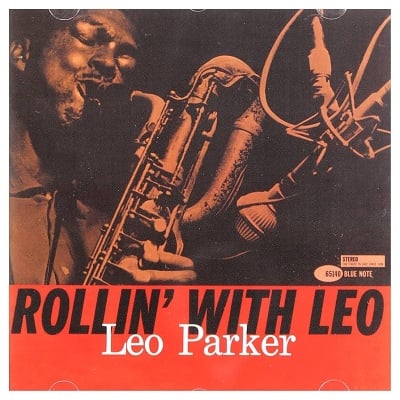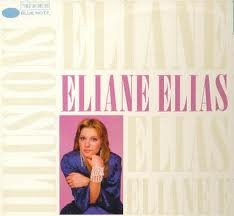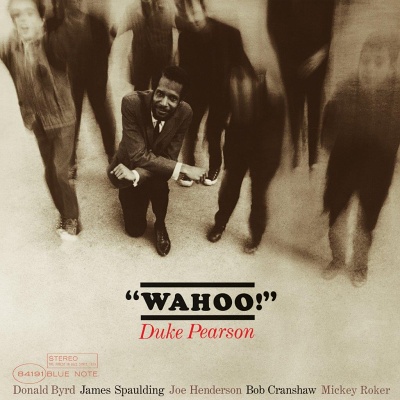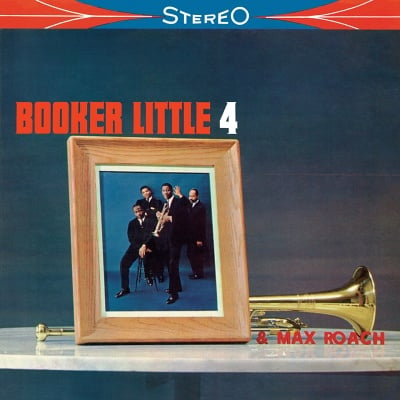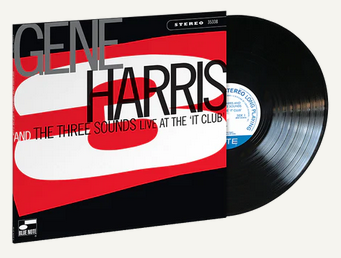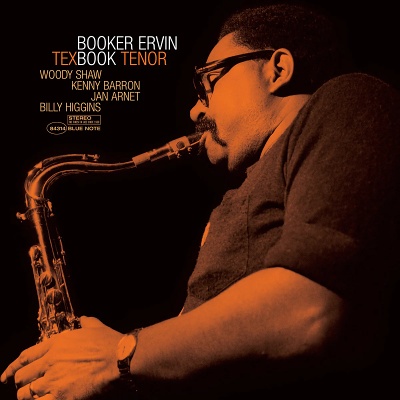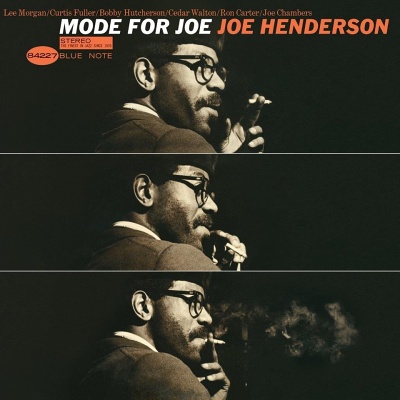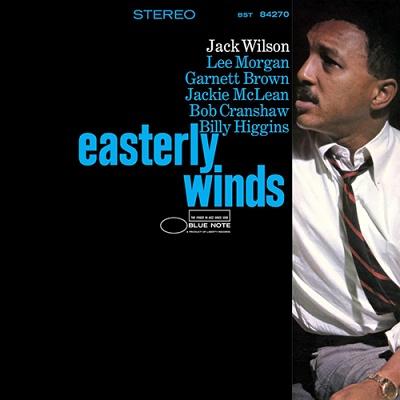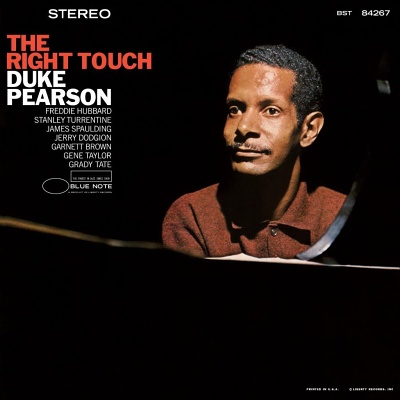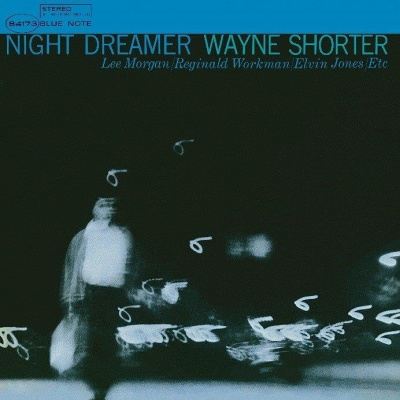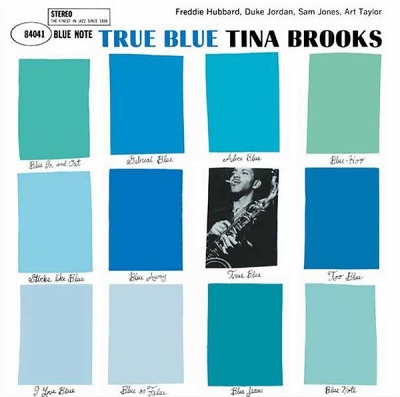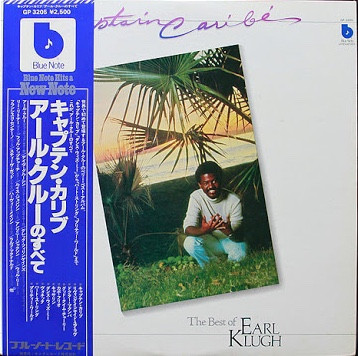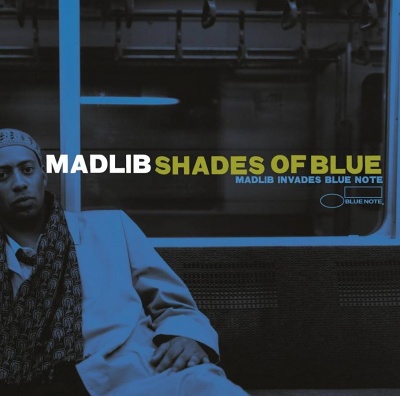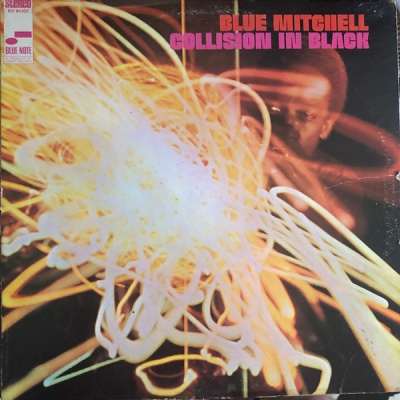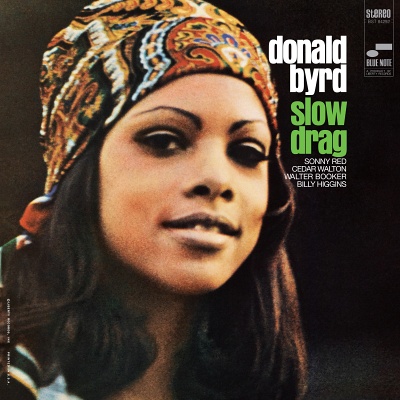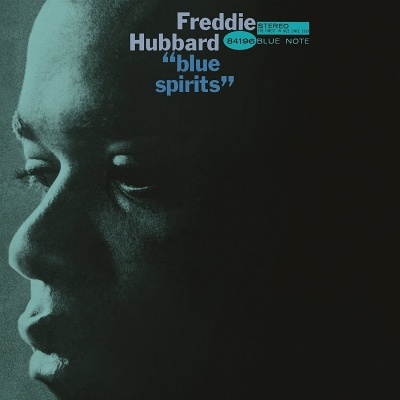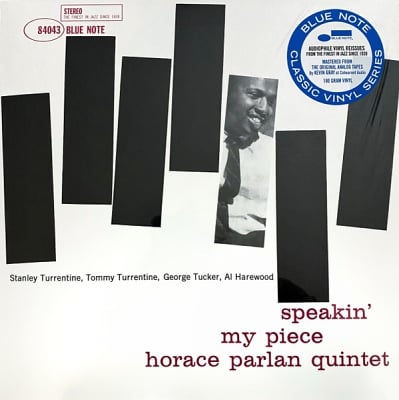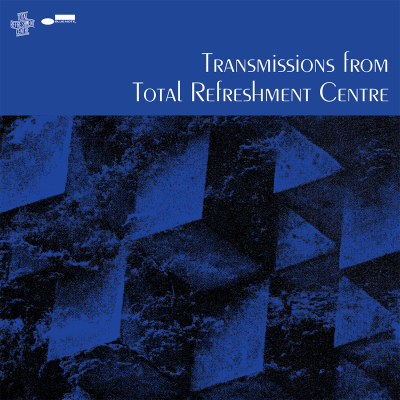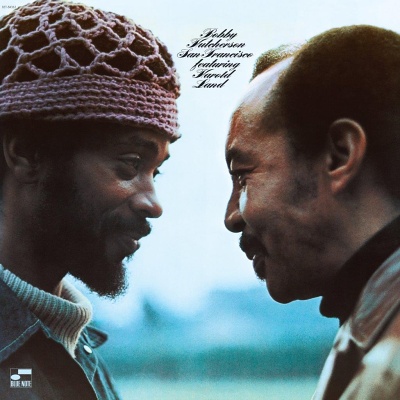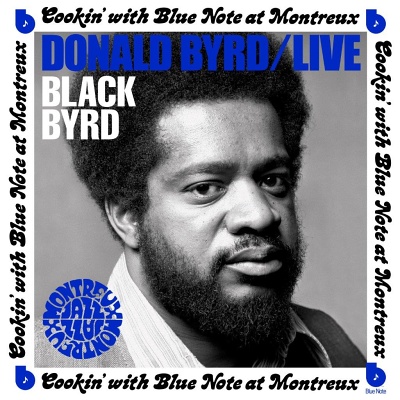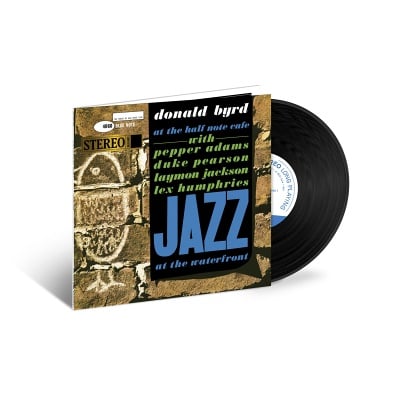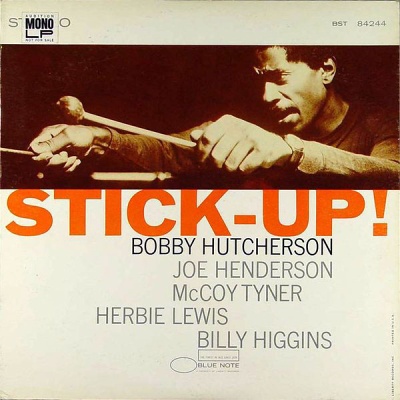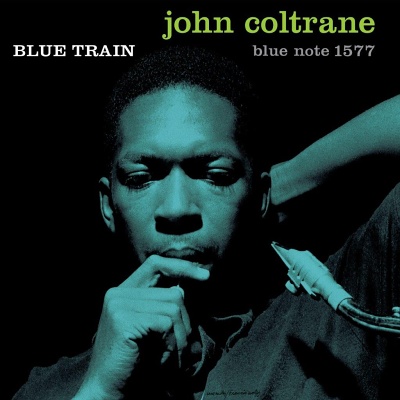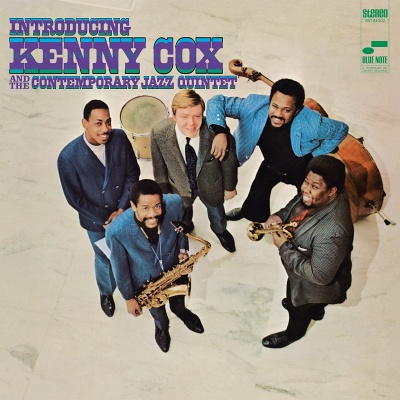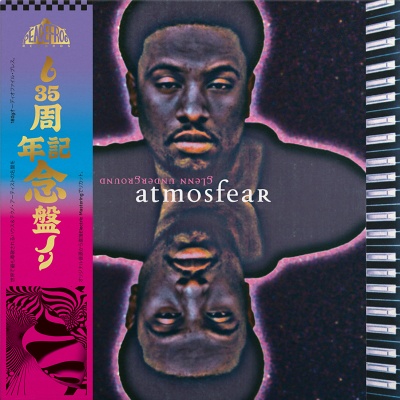
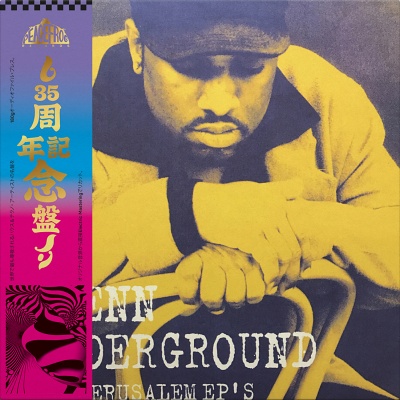
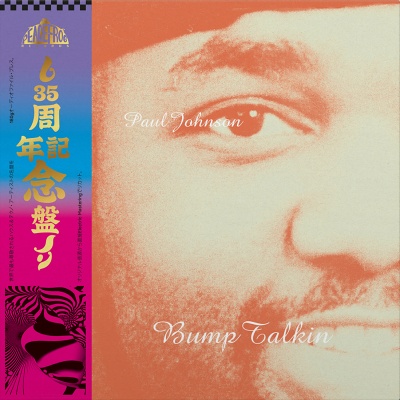
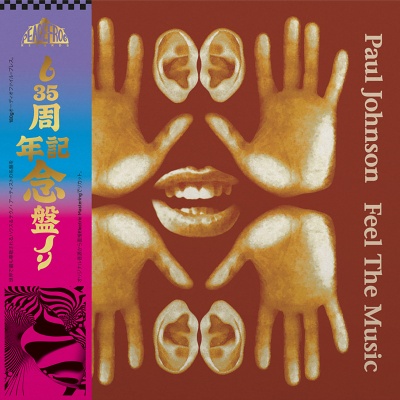


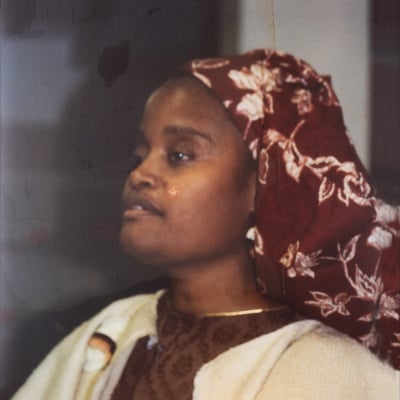
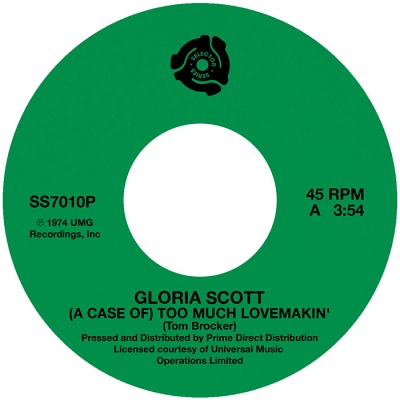



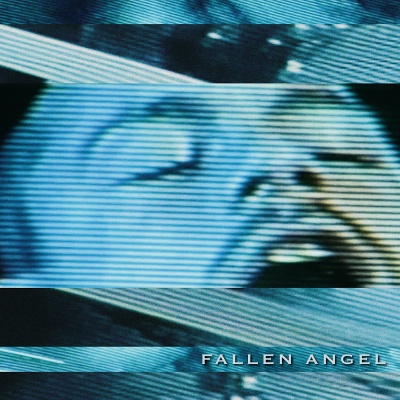


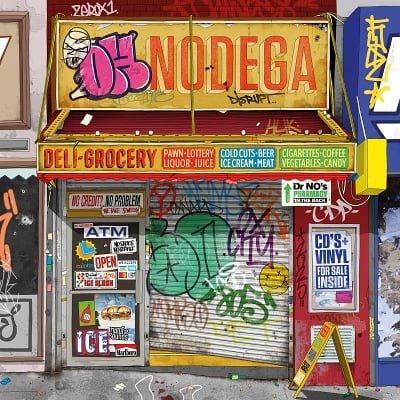


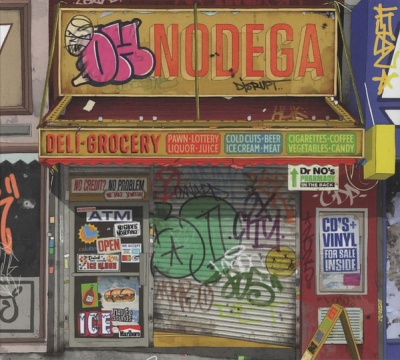
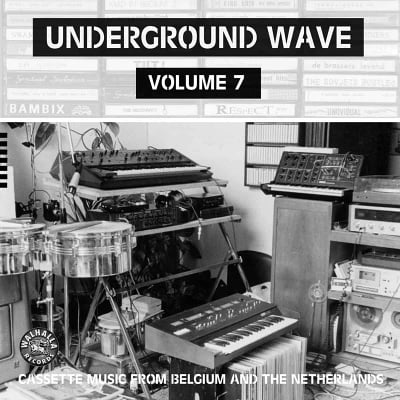

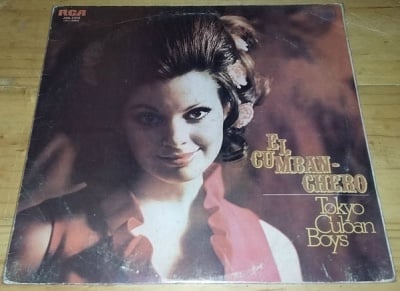
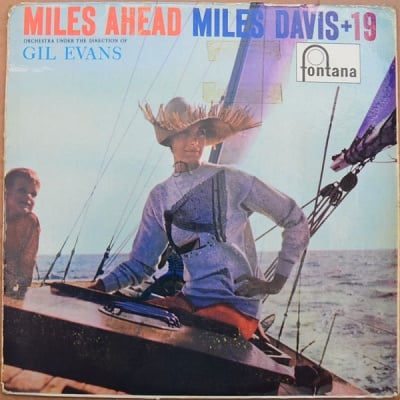
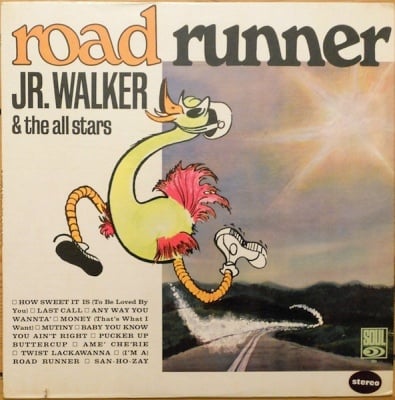
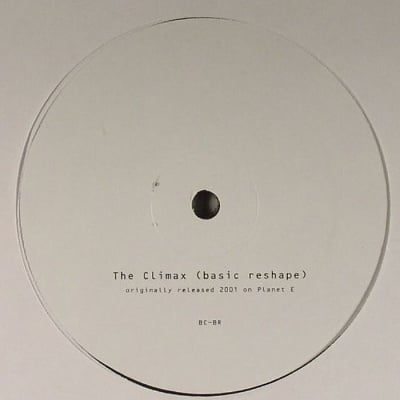
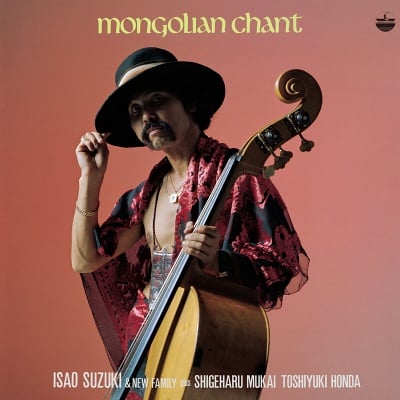
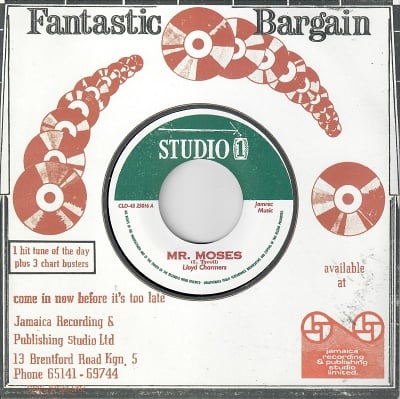

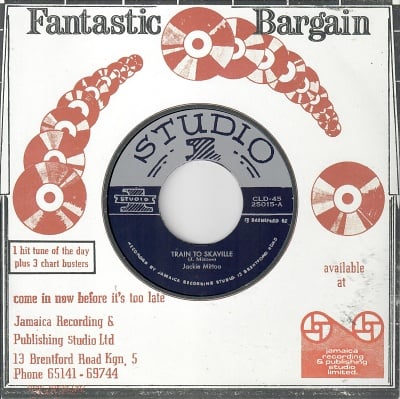



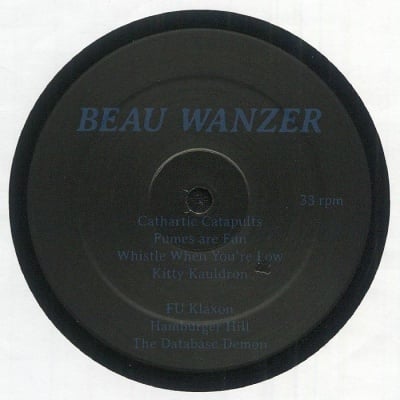


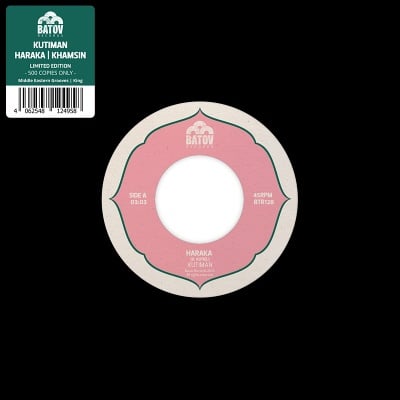
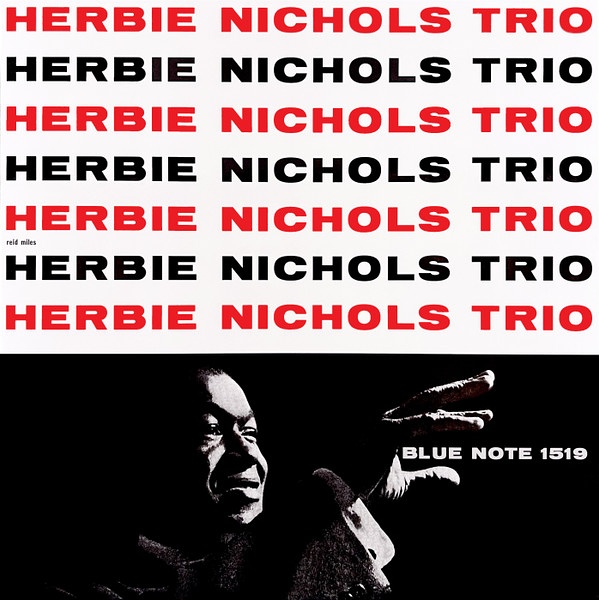
- LP 44539615£39.00In stockAdd to Bag
- 1. The Gig
- 2. House Party Starting
- 3. Chit-Chatting
- 4. The Lady Sings The Blues
- 5. Terpsichore
- 6. Spinning Song
- 7. Query
- 8. Wildflower
- 9. Hangover Triangle
- 10. Mine
One of jazz’s most tragically overlooked geniuses, Herbie Nichols was a highly original piano stylist and a composer of tremendous imagination and eclecticism. He wasn’t known widely enough to exert much influence in either department, but his music eventually attracted a rabid cult following, though not quite the wide exposure it deserved.
Nichols was born January 3, 1919, in New York and began playing piano at age nine, later studying at C.C.N.Y. After serving in World War II, Nichols played with a number of different groups and was in on the ground floor of the bebop scene. However, to pay the bills he later focused on Dixieland ensembles; his own music - a blend of Dixieland, swing, West Indian folk, Monk-like angularity, European classical harmonies via Satie and Bartók, and unorthodox structures - was simply too unclassifiable and complex to make much sense to jazz audiences of the time. Mary Lou Williams was the first to record a Nichols composition - “Stennell,” retitled “Opus Z,” in 1951; yet aside from the song he wrote for Billie Holiday, “Lady Sings the Blues,” none of Nichols’ work got enough attention to really catch on.
- LP 7507950£27.99Part of Blue Note’s ‘Classic Vinyl’ series.Expected 19 DecPreorder
- LP 5571608£36.99Part of Blue Note's 'Tone Poet' series.In stockAdd to Bag
- LP 3538218£31.99Out of stock Notify me when in stock
- Original LP BST-84240£50.00Vinyl condition: VG+Sleeve condition: VG+Original Pre-Owned Out-of-Print USA Vinyl Blue/white label liberty pressing,in original shrinkIn stockAdd to Bag
- Original LP B-6501£10.00Vinyl condition: VG+Sleeve condition: VG+Original Pre-Owned Out-of-Print USA VinylIn stockAdd to Bag
- LP 6514976£27.99In stockAdd to Bag
- New LP (180g) 6514975£27.99In stockAdd to Bag
- LP (180 gram) 6581683£27.99In stockAdd to Bag
- LP 5811998£36.99In stockAdd to Bag
- Original LP BLJ-46994£18.00Vinyl condition: VG+Sleeve condition: VGOriginal Pre-Owned Out-of-Print USA Vinyl, ex-radio station copy with radio station stickers on frontIn stockAdd to Bag
- Original LP BN-LA258-G£10.00Vinyl condition: VG+Sleeve condition: VG+Original Pre-Owned Out-of-Print USA VinylIn stockAdd to Bag
- LP 6510372£27.99Part of Blue Note's 'Classic Vinyl' series.In stockAdd to Bag
- LP 4881948£36.99Part of Blue Note's 'Tone Poet' series.In stockAdd to Bag
- LP 5880790£27.99In stockAdd to Bag
- LP 4585224£38.99In stockAdd to Bag
- LP (180 gram) 5524256£27.99In stockAdd to Bag
- – On Children
- 2. – On Children
- View full info and tracklisting
- New Audiophile LP (180 GRAM) 4509258£39.00In stockAdd to Bag
- – Chili Peppers
- – Make It Good
- – My Love Waits (O Meu Amor Espera)
- – Los Malos Hombres
- – Scrap Iron
- – Rotary
- 1. – Chili Peppers
- 2. – Make It Good
- 3. – My Love Waits (O Meu Amor Espera)
- View full info and tracklisting
- CD 5897177£16.99In stockAdd to Bag
- New Audiophile LP (180 GRAM) 43879837£39.00Out of stock Notify me when in stock
- – Night Dreamer
- 1. – Night Dreamer
- View full info and tracklisting
- New LP (180g) 5552940£28.00Out of stock Notify me when in stock
- New LP (180g) 5524255£28.00In stockAdd to Bag
- Original LP GP-3205£15.00Vinyl condition: VG+Sleeve condition: VGOriginal Secondhand Japanese vinyl, no Obi, some sleeve stainingIn stockAdd to Bag
- – Change
- – Wind Parade
- – (Fallin' Like) Dominoes
- – Places And Spaces
- – You And The Music
- – Night Whistler
- – Just My Imagination
- 1. – Change
- 2. – Wind Parade
- 3. – (Fallin' Like) Dominoes
- View full info and tracklisting
- CD 7522468£16.99In stockAdd to Bag
- LP (180 gram) 3596800£27.99In stockAdd to Bag
- Original LP UIJY-75039PMI£45.00Vinyl condition: VGSleeve condition: VGOriginal Pre-Owned USA Vinyl, light marks to vinyl plays wellSold out Notify me when in stock
- CD CDP8543262£7.99Out of stock Notify me when in stock
- – Introduction
- – Slim's Return
- – Distant Land
- – Mystic Bounce
- – Stormy
- – Blue Note Interlude
- – Please Set Me At Ease
- – Funky Blue Note
- – Alfred Lion Interlude
- – Stepping Into Tomorrow
- – Andrew Hill Break
- – Montara
- – Song For My Father
- – Footprints
- – Peace/Dolphin Dance
- – Outro
- 1. – Introduction
- 2. – Slim's Return
- 3. – Distant Land
- View full info and tracklisting
- New Audiophile 2×LP (180 GRAM) 5507723£36.99In stockAdd to Bag
- New LP (180g) 3856842£31.99Tone Poet EditionIn stockAdd to Bag
- – soul surge
- – jodo
- 1. – soul surge
- 5. – jodo
- View full info and tracklisting
- New Audiophile LP (180 GRAM) 3856838£34.99Tone Poet EditionIn stockAdd to Bag
- LP 4859550£28.00In stockAdd to Bag
- LP 4536399£31.99In stockAdd to Bag
- CD 4536398£14.00Out of stock Notify me when in stock
- – Ain't It Funky Now
- – The Windjammer
- – Dracula
- 1. – Ain't It Funky Now
- 3. – The Windjammer
- 5. – Dracula
- View full info and tracklisting
- New LP (180g) 4859545£26.00In stockAdd to Bag
- – Goin' Down South
- – Prints Tie
- – Ummh
- – A Night In Barcelona
- 1. – Goin' Down South
- 2. – Prints Tie
- 4. – Ummh
- View full info and tracklisting
- New LP (180g) 4859548£26.00In stockAdd to Bag
- CD 5897175£16.99In stockAdd to Bag
- – Black Byrd (Live)
- – You've Got It Bad Girl (Live)
- – The East (Live)
- – Introductions (Live)
- – Kwame (Live)
- – Poco-Mania (Live)
- 1. – Black Byrd (Live)
- 2. – You've Got It Bad Girl (Live)
- 3. – The East (Live)
- View full info and tracklisting
- LP 4599840£28.00In stockAdd to Bag
- CD 4599839£16.00In stockAdd to Bag
- LP (180 gram) 3814586£35.00Gatefold sleeveIn stockAdd to Bag
- New Audiophile LP (180 GRAM) 3573216£36.00Tone Poet EditionIn stockAdd to Bag
- – Moment's Notice
- 2. – Moment's Notice
- View full info and tracklisting
- New LP (180g) 3771410£31.99In stockAdd to Bag
- New Audiophile LP (180 GRAM) 4548105£41.99Tone Poet version 180gIn stockAdd to Bag
- CD 5917212£7.99In stockAdd to Bag
- – Mystique
- – You
- – Trance Dance
- – Eclipse
- – Number Four
- – Diahnn
- 1. – Mystique
- 2. – You
- 3. – Trance Dance
- View full info and tracklisting
- Original LP£65.00Vinyl condition: VG+Sleeve condition: VGorig blue white label liberty first press Blue Note, top spine part undone, few non audible surface marksSold out Notify me when in stock
- LP 3829360£22.00In stockAdd to Bag
